ROOM: The Space Journal is one of the major magazines on space exploration, technology and industry. At ROOM, we share a common objective – promotion of peaceful space exploration for the benefit of humankind, all while bringing you fascinating articles on an assortment,a range of trending topics. Our authors include analysts and industry leaders from all over the world, which lets us bring you timely and accurate information about astronomy magazine uk.
 July 2019
Robotic astronomy on the Moon
July 2019
Robotic astronomy on the Moon
... a whole new world, one that could be benefited by international, public and private partnerships alike. Astronomy from the Moon the Pinwheel Galaxy M101 from the Chang’e-3 lander’s UV telescope compared to a visible...to place a small observatory on the south pole of the Moon comprising of both a combined radio astronomy/communications payload and an optical telescope in order to conduct astrophysical studies from our nearest celestial neighbour. ...
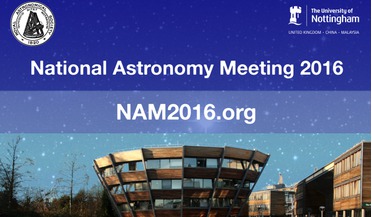 04 July 2016
ROOM attends the UK National Astronomy Meeting
04 July 2016
ROOM attends the UK National Astronomy Meeting
Last week marked the annual UK National Astronomy Meeting (NAM), held each year at a different academic institution. This year, it was the turn of the University of ...
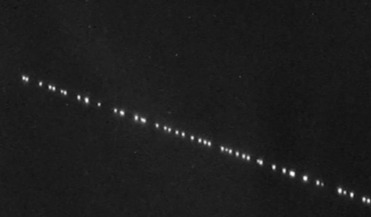 04 June 2020
Mega constellations and their impact on astronomy
04 June 2020
Mega constellations and their impact on astronomy
...to simulate satellite constellations, it will take time to understand the effect thousands of additional satellites will have on astronomy at optical and radio wavelengths.” As pointed out, not only will mega-constellations have the potential to cause..., please consider subscribing to ROOM Space Journal to gain immediate and full access to the latest magazine feature articles and receive your own print and/or digital copies of the quarterly ROOM...
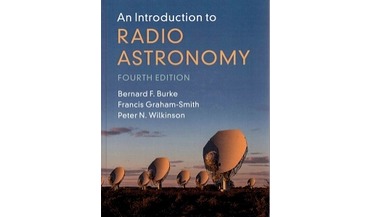 01 October 2019
An Introduction to Radio Astronomy (4th Ed)
01 October 2019
An Introduction to Radio Astronomy (4th Ed)
... the discovery of pulsars the following year; although it fails to excite the public in the same way as optical astronomy, it continues to provide an ever-expanding window on the universe. As the authors suggest, this book will be... with the occasional photograph, but if you need to know what there is to know about radio astronomy it would seem to fit the bill. Appendices cover Fourier transforms, celestial coordinates, signal digitisation and ...
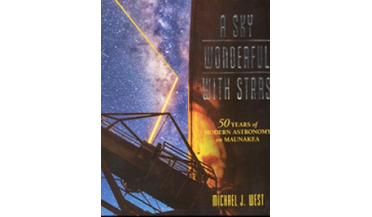 26 February 2018
A Sky Wonderful with Stars – 50 years of modern astronomy on Maunakea
26 February 2018
A Sky Wonderful with Stars – 50 years of modern astronomy on Maunakea
...technology at the time”, reminds the author – took “several years of additional effort”. Among its contributions to astronomy was the discovery of the first object (designated QB1) in the Kuiper Belt at the edge of the ...in protests by native Hawaiians who object to yet another telescope on their ‘sacred mountain’. Anyone who likes astronomy will like this book, and there is even a small space technology element in mentioning the training of Apollo...
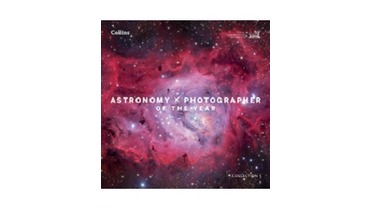 26 February 2018
Astronomy Photographer of the Year (Collection 5)
26 February 2018
Astronomy Photographer of the Year (Collection 5)
... by the images that reached the respective shortlist. The book succeeds on several levels. For anyone interested in astronomy, it’s an obvious hit because it illustrates their subject in an immediate and easily accessible way. And for... the limits of the human imagination as much as scientific research. And that is one of the beauties of astronomy: that it crosses the putative cultural divide between art and science. What was the overall winner...
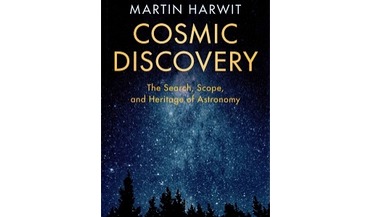 01 October 2019
Cosmic Discovery: the Search, Scope and Heritage of Astronomy
01 October 2019
Cosmic Discovery: the Search, Scope and Heritage of Astronomy
...the solar system have revolutionised the view of our cosmic backyard. So why republish now? The author – astronomy professor at Cornell and director of Washington’s National Air and Space Museum – tackles the question head on...; and planning. The final 50-odd pages adds appendices, references and an unusual ‘glossary/index’. For an astronomy text it’s a bit short on illustrations, but, as implied above, it’s not really about planets and galaxies...
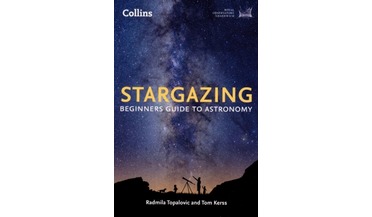 19 February 2018
Stargazing: Beginners Guide to Astronomy
19 February 2018
Stargazing: Beginners Guide to Astronomy
...a practical and engaging introduction to the subject. ‘Stargazing’ is everything you’d expect from a beginner’s guide to astronomy in a small, dense and very affordable package. Although some will find the white text on a black background... from London, England, and Sydney, Australia. The back cover bills it as, ‘The perfect beginners guide to Astronomy’ and, while one usually takes such publishing hype with a pinch of salt, in this case it’s hard ...
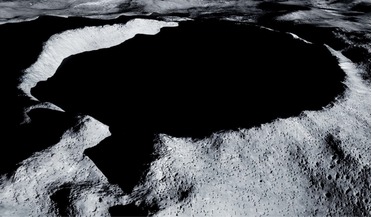 May 2020
Protecting areas of scientific importance on the Moon
May 2020
Protecting areas of scientific importance on the Moon
... wave radio receiving stations in some of the best radio reception areas in the solar system. Now radio astronomy is making a comeback, it is time to make a start on safeguarding these scientifically critical areas - especially as lunar exploration is gathering pace... of Physics and published ‘Defending the lunar landscape’ in the July 2019 issue of the IOP’s Physics World magazine.